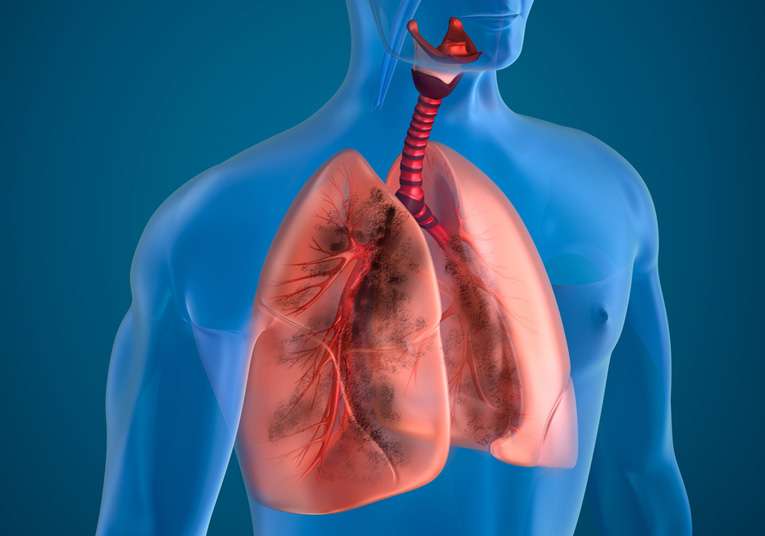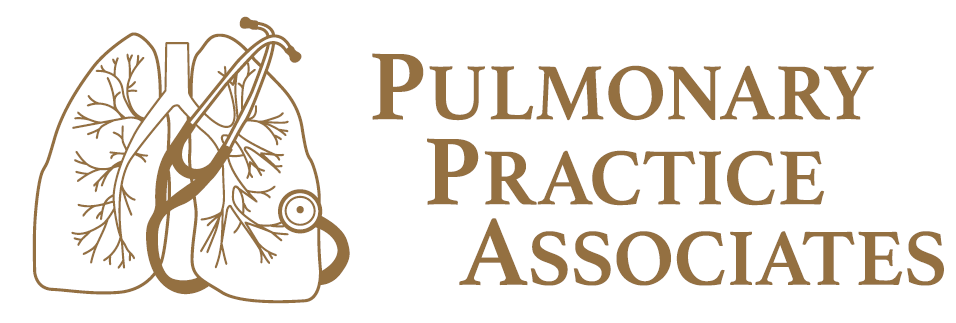Lung Disease

Doctors may classify lung conditions as obstructive lung disease or restrictive lung disease. Obstructive lung diseases include conditions that make it hard to exhale all the air in the lungs. People with restrictive lung disease have difficulty fully expanding their lungs with air.
Obstructive and restrictive lung disease share the same main symptom: shortness of breath with exertion.
What Is Obstructive Lung Disease?
People with obstructive lung disease have shortness of breath due to difficulty exhaling all the air from the lungs. Because of damage to the lungs or narrowing of the airways inside the lungs, exhaled air comes out more slowly than normal. At the end of a full exhalation, an abnormally high amount of air may still linger in the lungs.
The most common causes of obstructive lung disease are:
- Chronic obstructive pulmonary disease (COPD), which includes emphysema and chronic bronchitis
- Asthma
- Bronchiectasis
- Cystic fibrosis
Obstructive lung disease makes it harder to breathe, especially during increased activity or exertion. As the rate of breathing increases, there is less time to breathe all the air out before the next inhalation.
What Is Restrictive Lung Disease?
People with restrictive lung disease cannot fully fill their lungs with air. Their lungs are restricted from fully expanding.
Restrictive lung disease most often results from a condition causing stiffness in the lungs themselves. In other cases, stiffness of the chest wall, weak muscles, or damaged nerves may cause the restriction in lung expansion.
Some conditions causing restrictive lung disease are:
- Interstitial lung disease, such as idiopathic pulmonary fibrosis
- Sarcoidosis, an autoimmune disease
- Obesity, including obesity hypoventilation syndrome
- Scoliosis
- Neuromuscular disease, such as muscular dystrophy or amyotrophic lateral sclerosis (ALS)
Diagnosis of Obstructive Lung Disease and Restrictive Lung Disease
Most commonly, people with obstructive or restrictive lung disease seek a doctor because they feel short of breath.
Restrictive and obstructive lung diseases are identified using pulmonary function tests. In pulmonary function testing, a person blows air forcefully through a mouthpiece. As the person performs various breathing maneuvers, a machine records the volume and flow of air through the lungs. Pulmonary function testing can identify the presence of obstructive lung disease or restrictive lung disease, as well as their severity.
A doctor’s interview (including smoking history), physical exam, and lab tests may provide additional clues to the cause of obstructive lung disease or restrictive lung disease.
Imaging tests are almost always part of the diagnosis of restrictive and obstructive lung disease. These may include:
- Chest X-ray film
- Computed tomography (CT scan) of the chest
- In some people, a bronchoscopymay be recommended to diagnose the lung condition causing obstructive or restrictive lung disease. In a bronchoscopy, a doctor uses an endoscope (a flexible tube with a camera and tools on its tip) to look inside the airways and take samples of lung tissue (biopsies).
Symptoms of Obstructive and Restrictive Lung Disease
- Obstructive lung disease and restrictive lung disease cause shortness of breath. In early stages of obstructive or restrictive lung disease, shortness of breath occurs only with exertion. If the underlying lung condition progresses, breathlessness may occur with minimal activity, or even at rest.
- Coughis a common symptom in restrictive and obstructive lung diseases. Usually, the cough is dry or productive of white sputum. People with chronic bronchitis, a form of obstructive lung disease, may cough up larger amounts of colored sputum.
- Symptoms of depressionand anxiety are also common among people with obstructive lung disease and restrictive lung disease. These symptoms occur more often when lung disease causes significant limitations in activity and lifestyle.
Treatments for Obstructive Lung Disease
Obstructive lung disease treatments work by helping to open narrowed airways. Airways may be narrowed by spasms in the smooth muscles that are in the wall of the airways (bronchospasm).
Medicines that relax these smooth muscles and improve airflow are called bronchodilators, and are inhaled. These include:
- Albuterol (Proventil HFA, Ventolin HFA, AccuNeb, ProAir HFA)
- Ipratropium (Atrovent)
- Formoterol (Foradil)
- Salmeterol (Serevent)
- Tiotropium (Spiriva)
- Combined medications like Combivent Respimat, DuoNeb, Anoro Ellipta, and Advair, which include a bronchodilator
Theophylline (Theo-Dur and other brand names) is a rarely used bronchodilator taken as an oral tablet.
Inflammation also contributes to airway narrowing in obstructive lung disease. Inflamed airway walls may be swollen and filled with mucus, obstructing airflow. Various medicines help reduce inflammation in obstructive lung disease, including:
- inhaled corticosteroids (Flovent, Pulmicort, Advair, QVAR, Alvesco, and others)
- oral corticosteroids (prednisone and others)
- montelukast (Singulair)
A program of regular exercise will improve symptoms of breathlessness in virtually all people with obstructive lung disease. Oxygen therapy may be necessary for some people.
In severe cases of end-stage, life-threatening obstructive lung disease, lung transplantation can be considered as a treatment option.
Treatments for Restrictive Lung Disease
Few medicines are available to treat most causes of restrictive lung disease.
Two drugs, Esbriet (pirfenidone) and Ofev (nintedanib), are FDA-approved to treat idiopathic pulmonary fibrosis. They act on multiple pathways that may be involved in the scarring of lung tissue. Studies show both medications slow decline in patients when measured by pulmonary function tests.
In cases of restrictive lung disease caused by ongoing inflammation, medicines that suppress the immune system may be used, including:
- Corticosteroids (such as prednisone)
- Azathioprine (Imuran)
- Cyclophosphamide
- Methotrexate
Supplemental oxygen therapy may be necessary. Mechanical breathing assistance may be helpful to some people with breathing difficulty from restrictive lung disease. Non-invasive positive pressure ventilation (BiPAP) uses a tight-fitting mask and a pressure generator to assist breathing. BiPAP is helpful for people with obesity hypoventilation syndrome and some nerve or muscle conditions causing restrictive lung disease.
In cases of obesity-related lung disease, weight loss and exercise can help reduce the resistance to breathing caused by excess fat.
Severe, end-stage restrictive lung disease (such as idiopathic pulmonary fibrosis) may be treated with lung transplantation.
Regular exercise improves shortness of breath and quality of life in almost everyone with restrictive lung disease.


